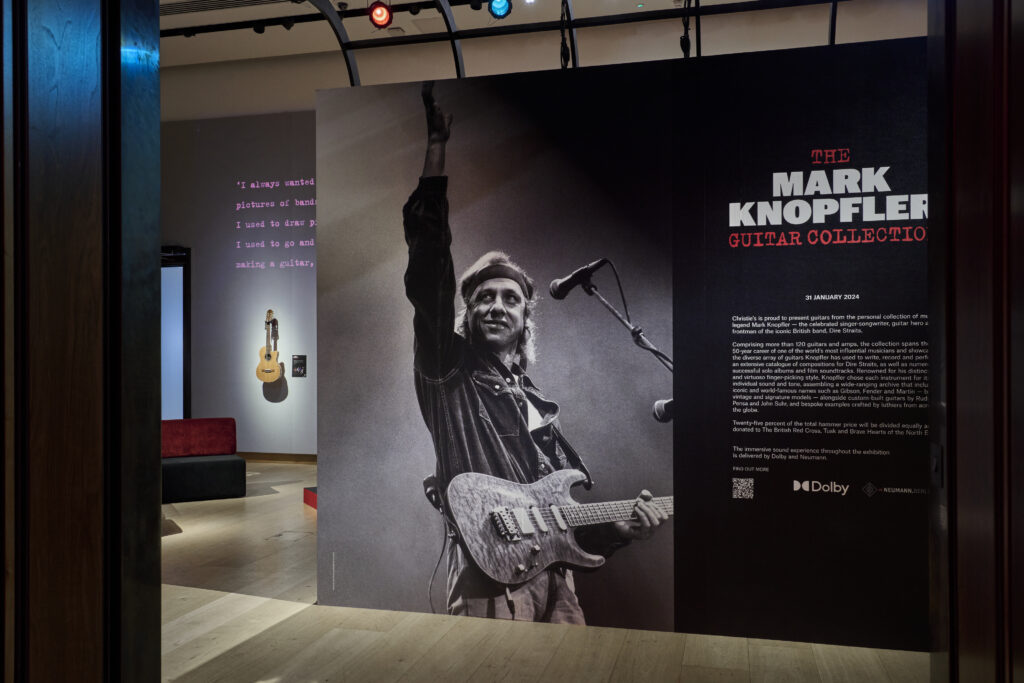
Gosforth guitar great Mark Knopfler has sold 120 of his prized instruments at an historic auction at Christies (on January 31) for a staggering £8m.
And North East charity Brave Hearts, of which he is patron, is now set for a bumper pay-day with a donation expected to be well in excess of half a million pounds.
Among the treasures that went under the hammer were his famous 1983 Gibson Les Paul. It is the guitar used on the recording of one of Dire Straits biggest hits Money for Nothing – with one of the most iconic riffs in rock history. He also played it at the epic Live Aid Wembley gig in 1985 – now set to be a West End musical – with Geordie pal Sting on guest vocals.
It sold for an incredible £592,000 despite having an estimate of £10,000-£15,000.
Other golden nuggets in the sale, which attracted bidders and buyers from 61 countries, were a Pensa Stratocaster built for him by celebrated luthier John Suhr that features on So Far Away. He played it Nelson Mandela’s 70th birthday concert at Wembley and it fetched £504,000, with a guide price of just £8,000.

And the red Schecter Telecaster he used on Walk of Life was snapped up for £515,800 – despite its £6,000 estimate.
Of the sale, Mark, voted one of the greatest guitarists of all time by Rolling Stone magazine, and who has sold 120 million records worldwide, says: “I’m so pleased that these much loved instruments will find new players and new songs as well as raising money for charities that mean a lot to me.”
As well as Brave Hearts, the proceeds will also benefit the British Red Cross, The Tusk Trust and the Teenage Cancer Trust – the latter was the sole beneficiary of £403,200 raised from the 2021 Gibson Les Paul “gold top” guitar – signed by 33 stars including the late Jeff Beck, Ronnie Wood, Sting and Bruce Springsteen.
“Each one brings back loads of memories,” he said. “If you would have asked me 20 years ago I’d have thought ‘no way’ but I’m happy now that they’re going to different homes. I don’t think they do too well living in a case all their lives.”
The prize piece in the auction was a 1959 vintage Gibson Les Paul, with a guide valuation of between £200,000-£500,000 but which fetched an eye-watering £693,000.
The blend of vintage and star-appeal ‘axes’ attracted big-money bidders from all corners of the collecting world.
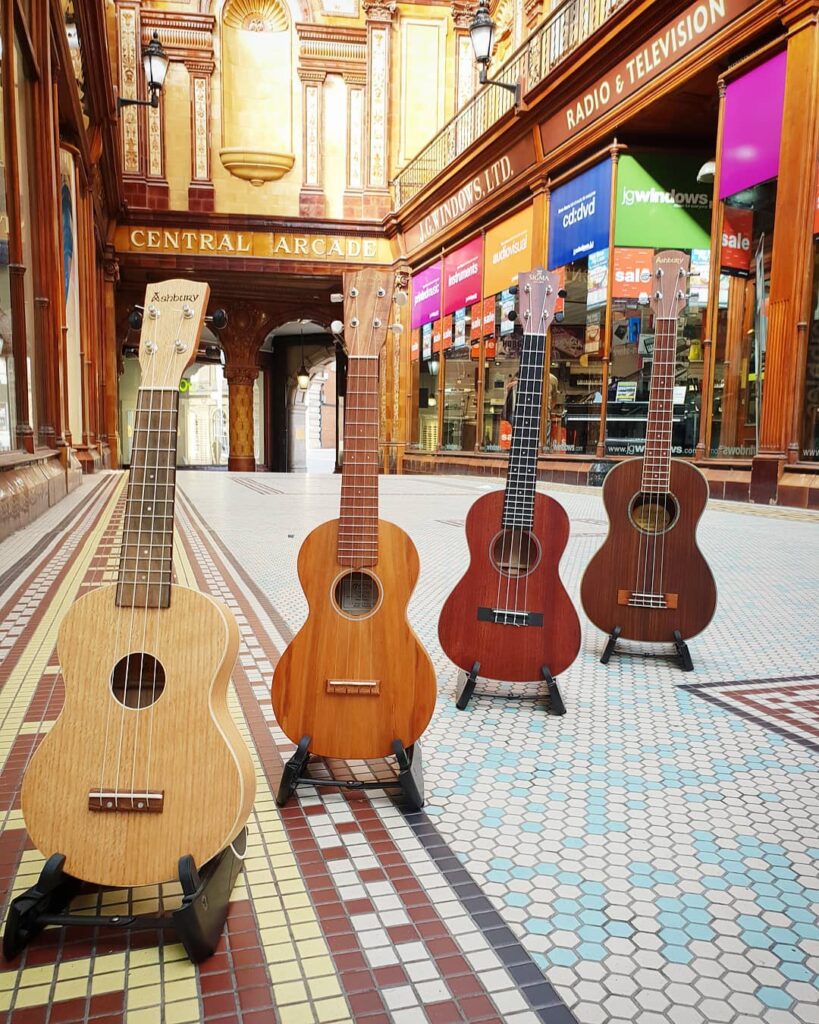
But it’s a world away from Mark’s hard-up teenage days in Newcastle when he first became fixated with guitars.
Back in 2014 when I interviewed him for a compilation book about the North East’s famous sons and daughters in aid of the Bobby Robson Foundation, he told me: “I developed an obsession with guitars from an early age.
“On Saturdays I used to do a circuit of all the music shops in Newcastle long before I had a guitar. It was a pilgrimage. I knew every inch of those shops like Windows, Kitchens and Barratts.
“I was the little lad too nervous to take down a guitar. I didn’t know how to play anyway and I had no money in my pockets.
“Once, the desire was overpowering and I picked up a Spanish guitar in Barratts, took it down from the hook on the wall and a Geordie voice behind me said: ‘If you drop that, I’ll drop you!’”
Fender Stratocasters were the Holy Grail of guitars to aspiring rock stars like young Mark. And they had to be red as played by his North East guitar hero Hank Marvin of Sixties band the Shadows.
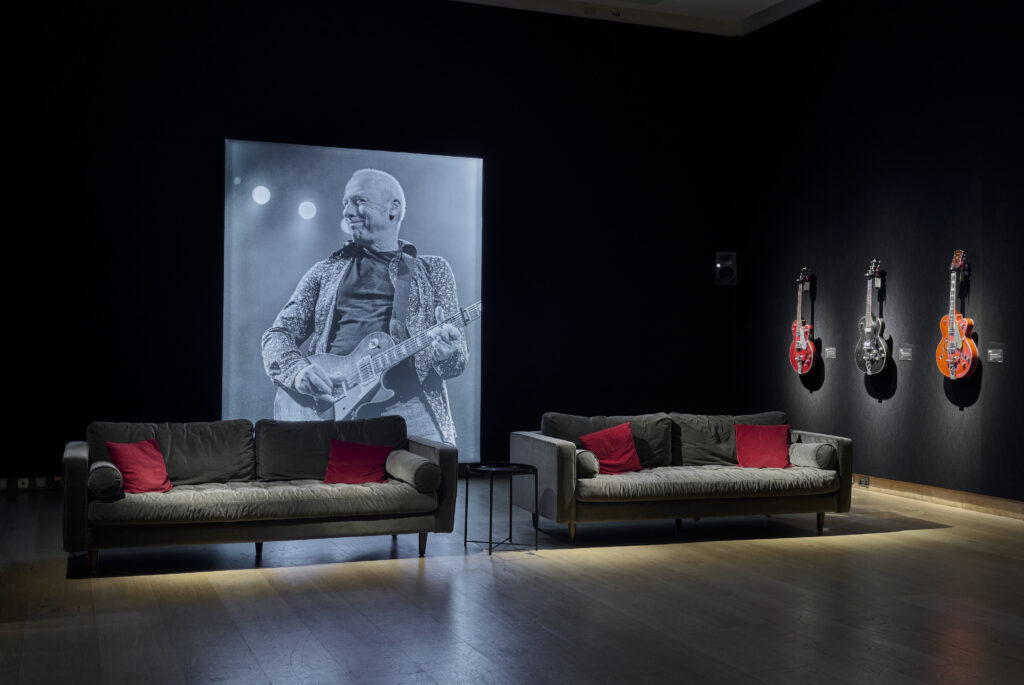
“I remember the first time I saw a Fender Stratocaster around 1960. It was in a little record shop at the bottom of Salters Road, opposite the Globe cinema and cost about £160,” he recalled.
“On the way back from school I would just stop and stare at it. I can’t think how many hours I spent staring in guitar shop windows. I still do it to this day – I can’t walk past a guitar shop.
“I wanted a Strat because of Hank Marvin and The Shadows. I still love the sound he gets on something like Wonderful Land – it’s one of my favourites. But my first guitar came from Kitchens and was a Hofner Supersolid V2.
“It was as close as I could get to a real Strat and it had to be red like Hank’s. I pestered my poor old dad for it when I was 15.
“It cost him £50 in 1964, and in those days that was quite a lot of money – about two weeks’ wages. Just because it wasn’t a Strat doesn’t alter the fact that I loved it. I remember not wanting to let it go. I used to fall asleep playing my guitar.”
He had a later duplicate of that special Hofner in the Christies auction for a list price of £1,000 and it fetched £47,880. He acquired it in 2002 and used it on his 2007 album Kill to Get Crimson. But the original bought by his dad will NEVER be sold.
He says: “I’m keeping some treasures back for myself. I’m sad to see some of them go but I’ve got more than enough left to play. I’ve lived with this love affair for over 60 years. Loving guitars means you have to love the cheap ones as well.”
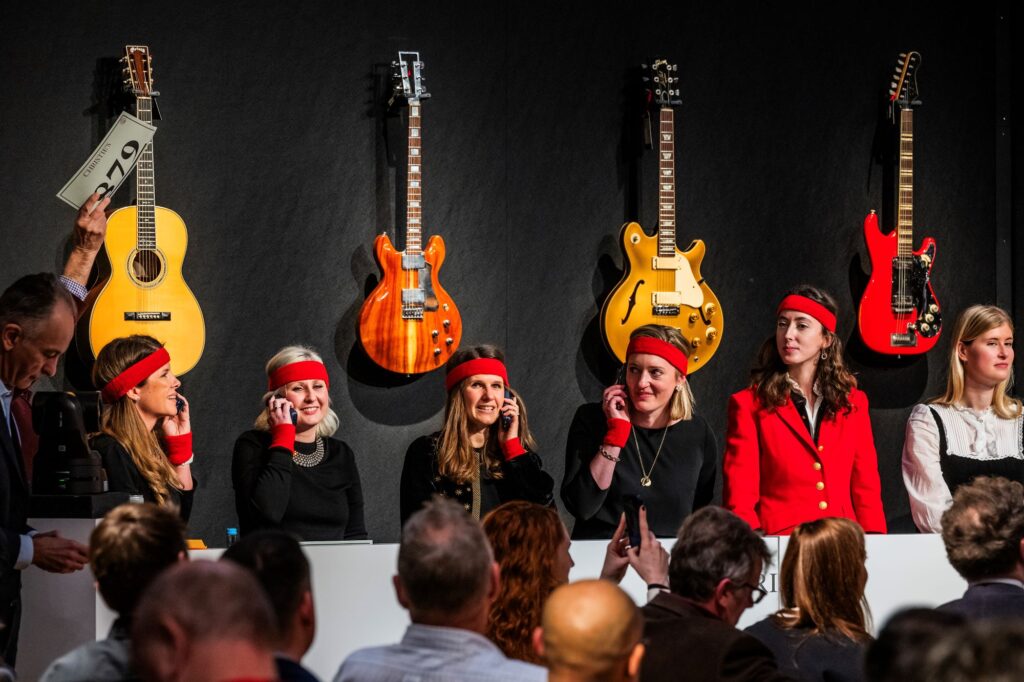
Around 20 of the personal favourites that will be staying in his possession include the distinctive 1937 National steel guitar made famous when it adorned the cover of the 1985 Brothers in Arms album, and on which he composed another massive Dire Straits hit Romeo and Juliet. This instrument became as synonymous with Knopfler as his famous headband.
He bought this from pal Steve Phillips in 1978. The pair had teamed up 10 years earlier when he was a cub reporter on the Evening Post in Leeds and they played local folk clubs and pubs as the Duolian String Pickers.
And when Mark disbanded Dire Straits Steve partnered with him again for his 1990 Notting Hillbillies collaboration Missing.. Presumed Having a Good Time.
“The first National I got I saw in Exchange and Mart for sale in Wales. I didn’t have any money and I didn’t have a car so I borrowed the money, borrowed a car and drove to Wales in the pouring rain to buy the guitar from an old orchestral musician. Later I got the chance to buy the one from Steve. It’s been my pal ever since.”
Another prized gem he will never part with is his 1961 red Fender Stratocaster – the famous Sultans of Swing guitar featured on Dire Straits’ first album in 1978. However Fender did later produce Knopfler signature versions of this guitar, four of which were featured in the auction and brought a total of £472,000.
He said: “The Strat was the first guitar to really capture my imagination and the first guitar I desperately wanted to own. Needless to say it was years before I could afford one. I bought my first Strat in 1977.”
As well as his guitars Mark also auctioned a selection of big-name amplifiers, acquired over the years, in the Christie’s collection. But back in Gosforth in the Sixties, having plagued his dad for an electric guitar, he couldn’t bring himself to ask for an amplifier to play it through.
“I couldn’t afford an amp and I didn’t have the nerve to ask my dad. I blew up the family radio by sticking a co-axial cable in the back. But it was good for me not to have an amplifier because my acoustic playing moved forward.
“I had a mate called Vince Harrison and his sister Francie had her own record player. She was always bopping around to Elvis and Everly Brothers records. Later she got interested in folk music so we used to back her up and that got me into finger-picking.
“I started playing the folk clubs of Newcastle at 16 and I used to borrow acoustic guitars from friends. I teamed up at school with a girl called Susan Hercombe and we played folk clubs as a duo and even got a spot on Mike Neville’s BBC Look North.
“In those days before I left Newcastle to go to college I used to be a copyboy on the Evening Chronicle – on Saturday afternoons I used to get six shillings and sixpence.”
I’m keeping some treasures back for myself. I’m sad to see some of them go but I’ve got more than enough left to play. I’ve lived with this love affair for over 60 years. Loving guitars means you have to love the cheap ones as well.
Mark Knopfler
Parallel to picking his way round the Tyneside Sixties folk scene teenage Mark also harboured serious rock’n’roll ambitions.
“I’d seen Chuck Berry and The Animals at Newcastle City Hall and I wanted to play electric music as well. The City Hall will always be very special for me – it seemed huge when I was 15 – so it was great to come back later and play there with my band.
“I also remember seeing Bob Dylan at the Odeon in 1966, which was fantastic because I was a huge fan. He played the first half acoustic then came on with his band. It was really loud and raucous.”
Although he was born in Glasgow, Mark considers himself a Newcastle lad penning the tongue-in-cheek Why Aye Man which featured in the hit TV drama Auf Wiedersehen, Pet. And his anthem Local Hero is still played just before kick-off at Newcastle United’s St James’ Park.
“I didn’t move to Newcastle until I was eight but we used to visit every year. My nana and aunts and uncles were all in Newcastle because my mum was a Geordie girl.”
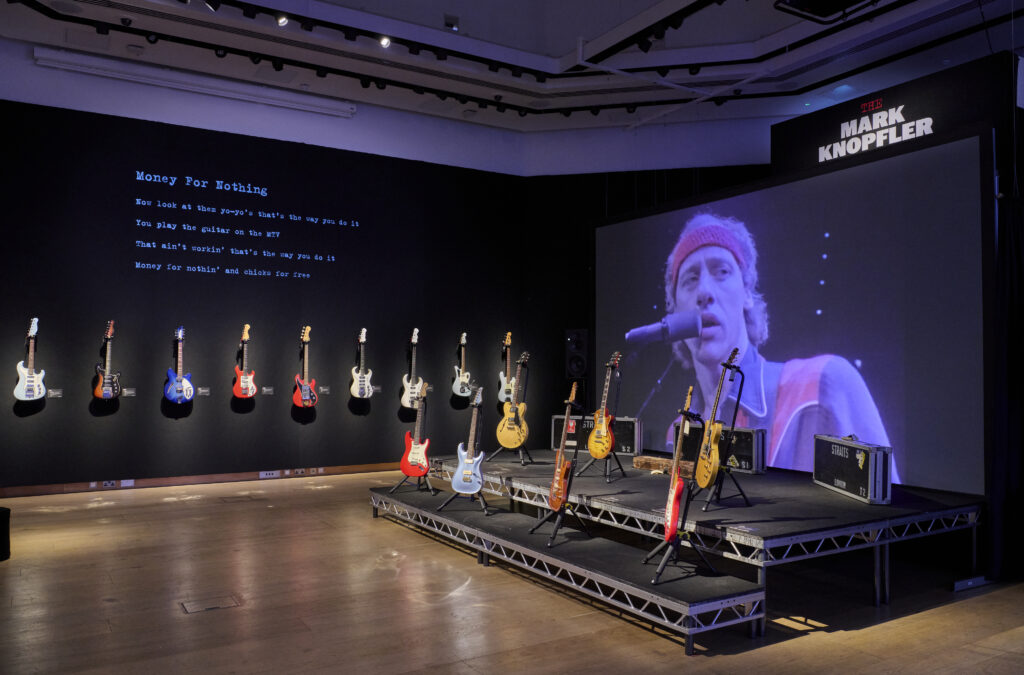
“When we moved to Newcastle I went to Archibald Primary School, just off Salters Road in Gosforth. It was a great little school and my form teacher and the headmaster were both passionate about the countryside. So we did little bird projects, and went on camping trips to places like Bamburgh and Druridge Bay.
“That introduced me to the fabulous North East coast from a young age and it’s a love that has stayed with me. “
The Whitley Bay pleasure palace Spanish City was immortalised in the epic Tunnel of Love track on the 1980 Making Movies album. He had a burning desire to put the geography and landscapes of the North East on the musical map.
“My idea of heaven is somewhere where the Mississippi Delta meets the Tyne. What I wanted with the very first album with Dire Straits was to write my own geography into the American music that shaped me.
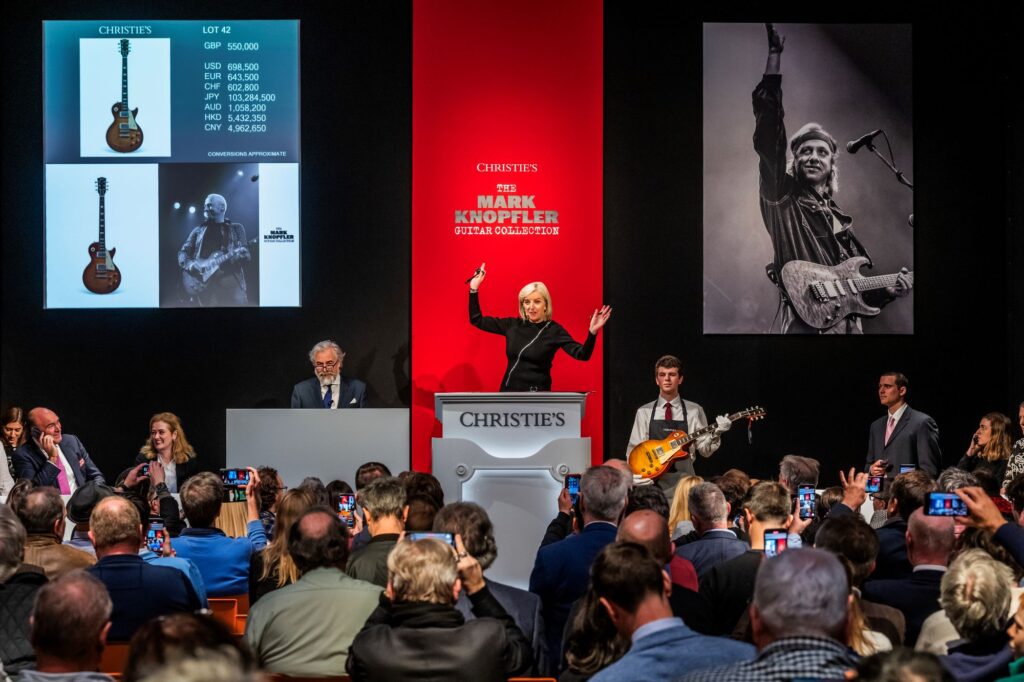
“When you fall in love with rock’n’roll it’s all American geography. It’s all about Route 66. What I wanted to do was put my corner of the world into song.”
Since going solo Mark has collaborated with some of his favourite artists including Dylan, Chet Atkins, James Taylor and Emmylou Harris – and picked up multiple Grammys along the way. But he has always returned to North East themes and landscapes in his songs.
“A guitar will be a friend to you all your life, however your life is going. I tell that to kids who are starting now. Wherever I go I’m still crossing streets to look at guitars in the windows of music shops.”
Safe to say last week’s auction has freed up a bit of space under his stairs if he wants to go shopping.
Michael Hamilton interviewed Mark Knopfler in 2014 for the book My North East by its Famous Sons and Daughters for the Sir Bobby Robson Foundation. www.my-northeast.co.uk
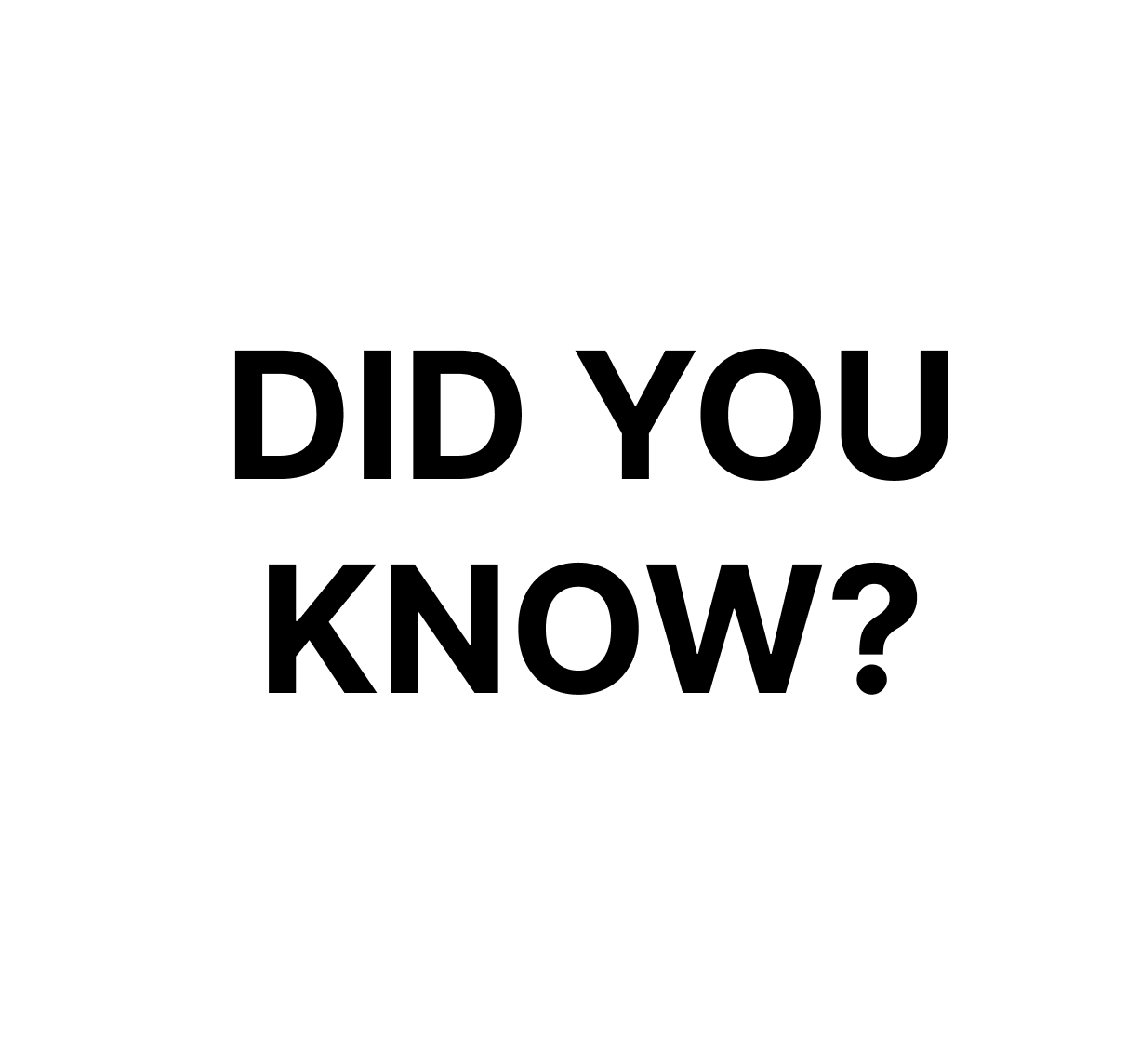
Members of The Giving Network at the Community Foundation give as little as £30 a month and collectively have given £100,000 to help change lives.










